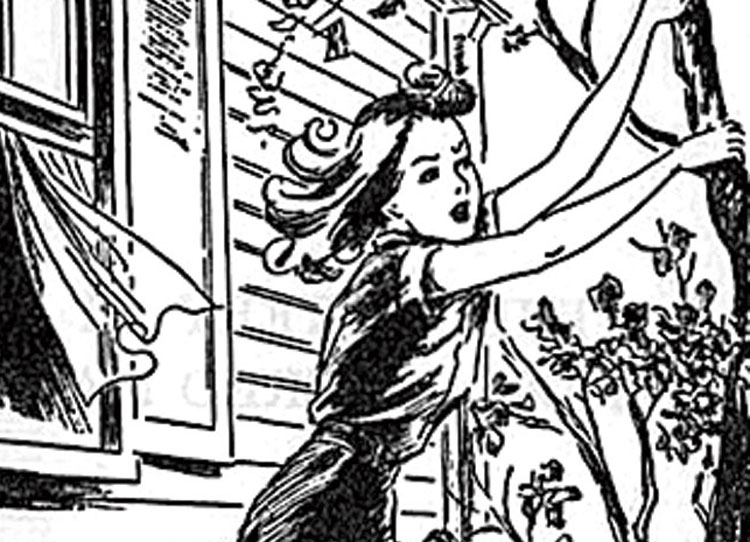Few know that Nancy Drew — the teenaged girl sleuth who made her first appearance in The Secret of the Old Clock 89 years ago, on April 28, and captured the imaginations of young girls and women all over the world — was not originally supposed to be the fiery, courageous, feminist icon that she turned into. Edward Stratemeyer, the publisher of The Hardy Boys, conjured up her character to woo a readership of young girls and augment his already-booming empire. Stratemeyer, in fact, believed quite strongly that women should adhere to traditional roles. (The Nancy Drew series was written under the pseudonym, Carolyn Keene, by a slew of ghostwriters.)
Thus, readers who know Nancy Drew as she is now have Mildred Wirt to thank. It was Wirt who penned 23 of the first 30 books and moulded Nancy into a feisty, independent-minded girl. In The Secret of the Old Clock, Nancy draws on her brains and determination to help the struggling Turner family inherit a deceased relative’s fortune. She is spurred on by her antipathy towards the high-and-mighty Topham family, to whom the money is about to go. She is a Mustang-driving crime-solver who uses her intelligence to survive a mysterious fall down a flight of stairs (The Hidden Staircase), being drugged (The Sign of the Twisted Candle), and get away unscathed from a mucky cistern (The Password to Larkspur Lane). And with Nancy, her readers also survive these perils. The teenaged heroine is close to 90 years old, but the impact she continues to have on women and girls remains unchanged.
This is because, over the years, the character of Nancy has taken on various forms. Since the beginning, her legacy was shaped by creating spaces for women in male-dominated arenas, helping girls and women see that they can become the people they secretly dream of becoming. Every reader who takes to Nancy casts herself in the sleuth’s role. Therein lies the power of the books: as you read about her, you are spurred into action and made aware of your own worthiness.
Nancy, of course, has her share of detractors. She is criticized for being an illogical ideal: she has no shortcomings, and there is nothing she cannot do. But is that not what we need sometimes from fictional idols and heroes? If it is alright for boys and men to admire figures such as James Bond and Superman, why cannot girls have Nancy Drew?
It is true that Nancy’s legacy is deeply rooted in white, upper-class privilege. Having said that, she still became, and has continued to be, a blank slate for the ambition of women and girls. A study revealed that many women who read the books avidly as children eventually went on to flourish in professions such as journalism and law. Perhaps they are reminded daily of a fictional teenage detective who gave them their first thrill of using only their own wits to figure something out. Perhaps no one tells them anymore that they cannot do something they put their minds to.











